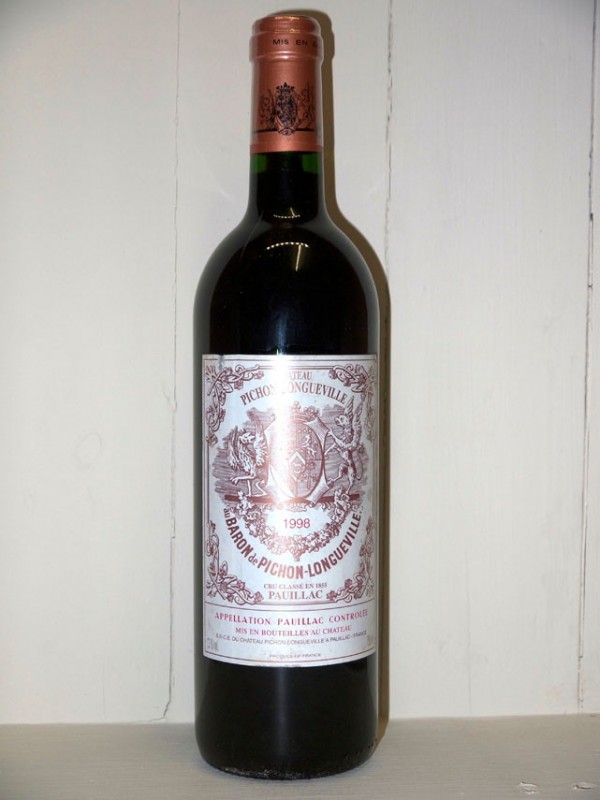

Raoul's half became Château Pichon-Longueville Baron, while Virginie's became Château Pichon Longueville Comtesse de Lalande. Upon his death, his children Raoul and Virginie inherited half of the property each. Orignally, Comtesse de Lalande was part of a larger property formally known as Château Pichon Longueville, owned by the Baron Joseph de Pichon Longueville who died in 1850. This will not decrease Merlot's place in the cuvée, but rather the amounts of Cabernet Franc and Petit Verdot. However, the amount of Cabernet Sauvignon in the blends is increasing to lend more structure and backbone to future vintages. Wines from Comtesse de Lalande are some of the more voluptuous to come from the Médoc due to the high proportion of Merlot in the wine. The Saint-Julien holding covers twelve hectares (30 acres) and although the estate has produced a simpled labeled Saint-Julien, this wine is now rarely encountered.įive Bordeaux grapes are grown on the estate's vineyards, although the grand vin is historically dominated by Cabernet Sauvignon, Merlot and Petit Verdot (with Cabernet Sauvignon making up 60 percent of the blend). The Pichon-Lalande estate covers 85 hectares (210 acres) in both Pauillac and Saint-Julien. All three estates share something of a similar terroir and climate, which partly helps to explain the quality of the wine at Comtesse de Lalande – is sometimes referred to as "nearly first growth". Pichon-Lalande also neighbors first-growth powerhouse, Château Latour at the southern end of the Pauillac appellation.


 0 kommentar(er)
0 kommentar(er)
